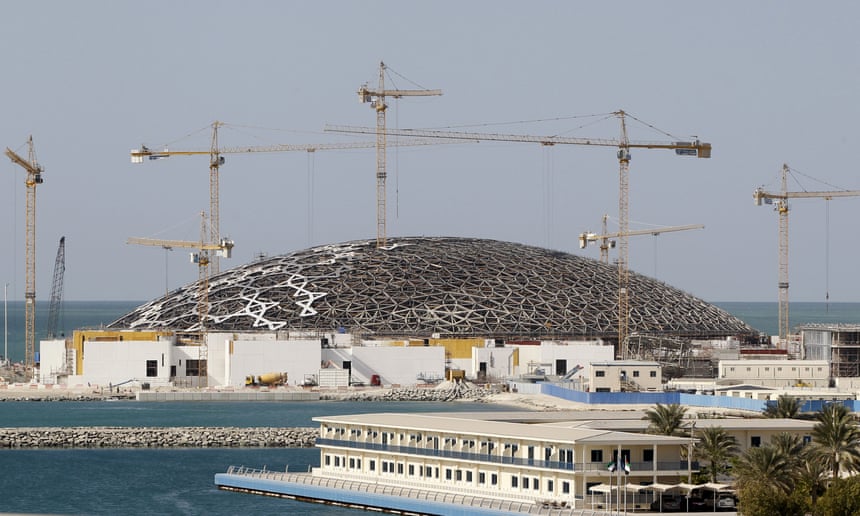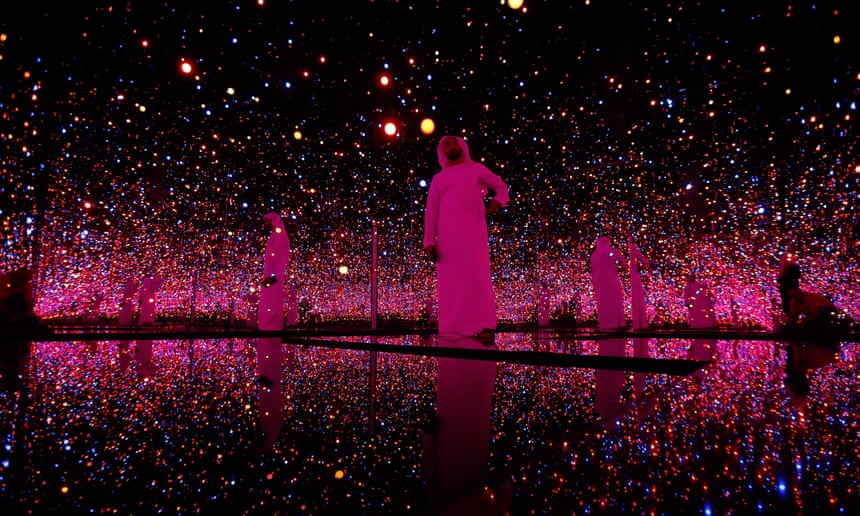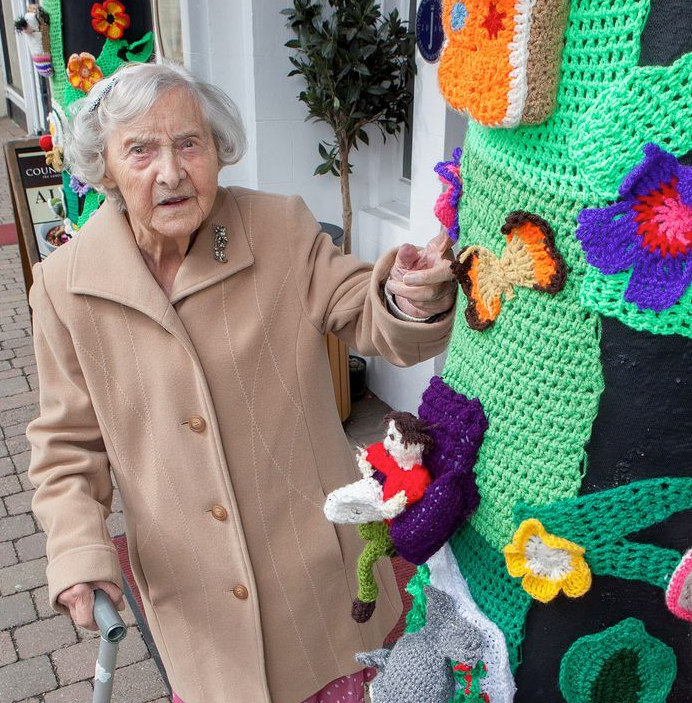Emser Straße 124
12051 Berlin-Neukölln
Deutschland
http://werkstadt.berlin
kunst@werkstadt-berlin.com
c/o Jason Merrill Benedict & Jule Böttner
OPEN CALL FOR ARTISTS TO EXHIBIT AT THE WERKSTADT
The WerkStadt Arts Union welcomes local and international artists working in all disciplines to submit a proposal for the next exhibition cycle:
MACHT - OHNMACHT (2016-17)
(POWER - DEBILITY)
Applications will be accepted from now until the 29th of February, 2016.
Power and debility are mutually bound: facing one another, coinciding, or they can in extreme form become the opposite. Exercises of power can sometimes infer a weakness; compensating for it, attempting to absorb or hide it. Such a weakness or debility seems in turn to then have another potential against the powerful.
To make these links visible, audible, and tangible this exhibition cycle will take an interdisciplinary approach and engage with questions that are explicitly sociopolitical, as well as art-reflexive and formal in nature.
Strength and weakness are deciding factors in both domestic and foreign policy: war, crisis, impoverishment, refugee flight, and protest are themes made particularly explicit in contemporary capitalism through a prism of might and impotence. At home policy decisions are carried out with police enforcement, abroad power is revealed in global economic calculus and militarily sealed borders. Nonetheless, societal resistance becomes ever more international developing new structures with the help of network technologies.
Art can seize all of this, itself powerful but at the same time powerless. A composition can depict how power and debility are active forces inside of art itself. Artistic mediums cause common circumstances to waver and critical perspectives are opened up. But how powerful is art? Can art only mirror society or can it change it? Do artists have power? Is there room inside of artworks to address one's own powerlessness against aesthetic impressions?
Naturally these varied layers are not entirely distinct, they overlap one another. The WerkStadt would like to see, and to show, what art about power and debility in the year 2016 can look like.
Please note that we are not a commercial gallery, rather an artist-run gallery. The WerkStadt is a non-profit arts union founded in 2008 in Berlin-Neukölln. It is dedicated to the support and promotion of contemporary art and urban culture. We offer studio spaces for artists and open up our premises to visitors for meetings, presentations, and workshops. The spectrum of our arts events ranges from small concerts, to theatre and film presentations, performances, readings, discussion panels, and artist talks. For more information please visit our website and view the archives:
http://werkstadt.berlin
Exhibitions are planned by the WerkStadt and the artists together — it is in all of our interest that you actively participate in the set-up of your exhibition in our space. The WerkStadt offers curatorial and installation assistance, as well as basic publicity (postcard, website, e-mail newsletter). The association does not charge any rent for the use of the exhibition space and takes no commission on sales, but cannot provide for insurance of art works or transit costs. We define ourselves as an alternative, non-commercial project space and invite you to contribute with your exhibition to the bustling art scene of Berlin.
Please send your application with no more than 8 images of recent work, artist CV, short description of your work, and which month you would be able to exhibit to:
kunst@werkstadt-berlin.com
Please make sure that:
- images are web ready and do not exceed 250 KB each.
- images are sent in either .JPG or .PDF format.
- video and sound pieces have links pointing directly to them hosted on your website or a video sharing service.
- all text is either in-line in your electronic mail or attached as a .PDF.
Deadline: Monday, the 29th of February, 2016 at Midnight.





